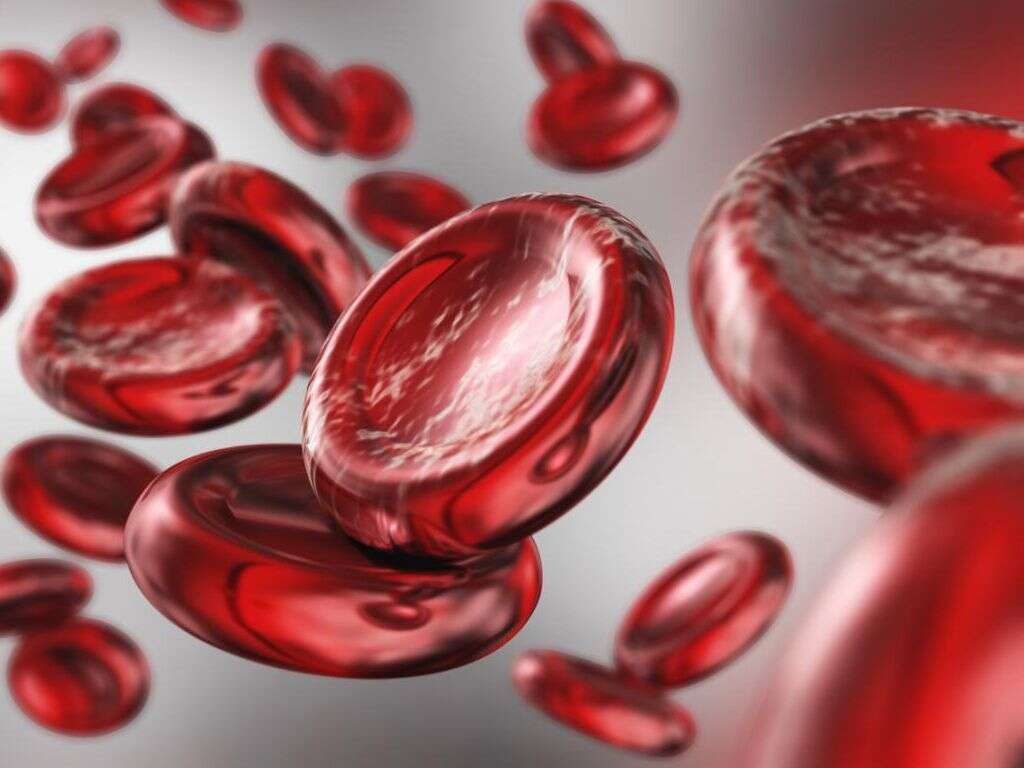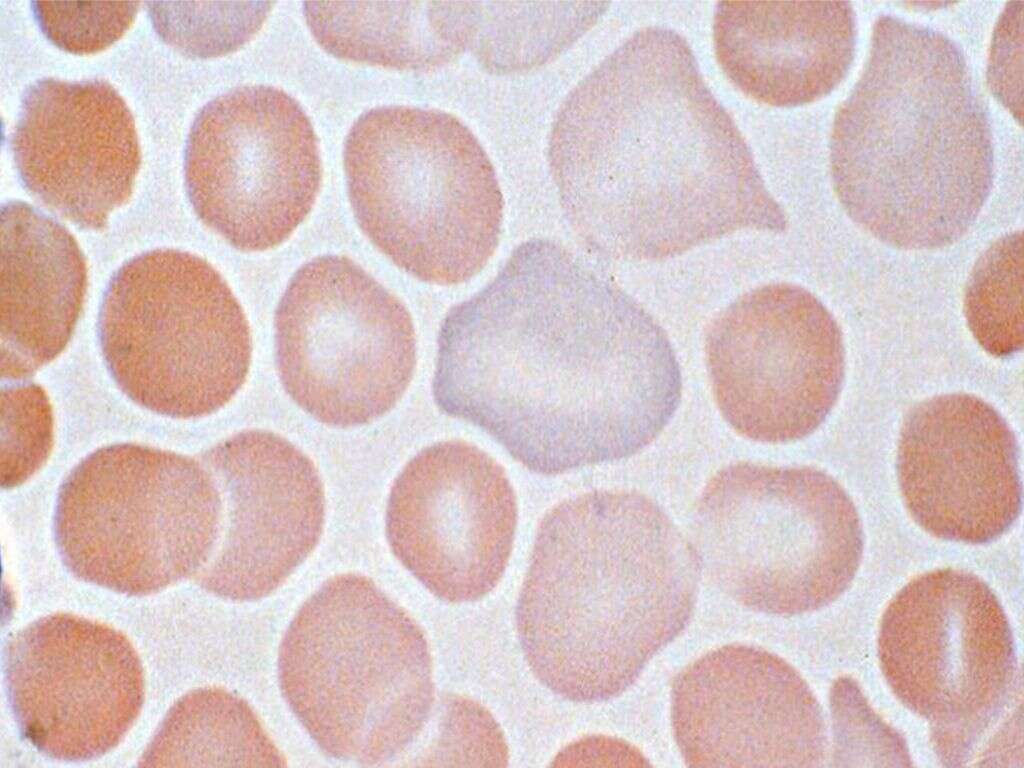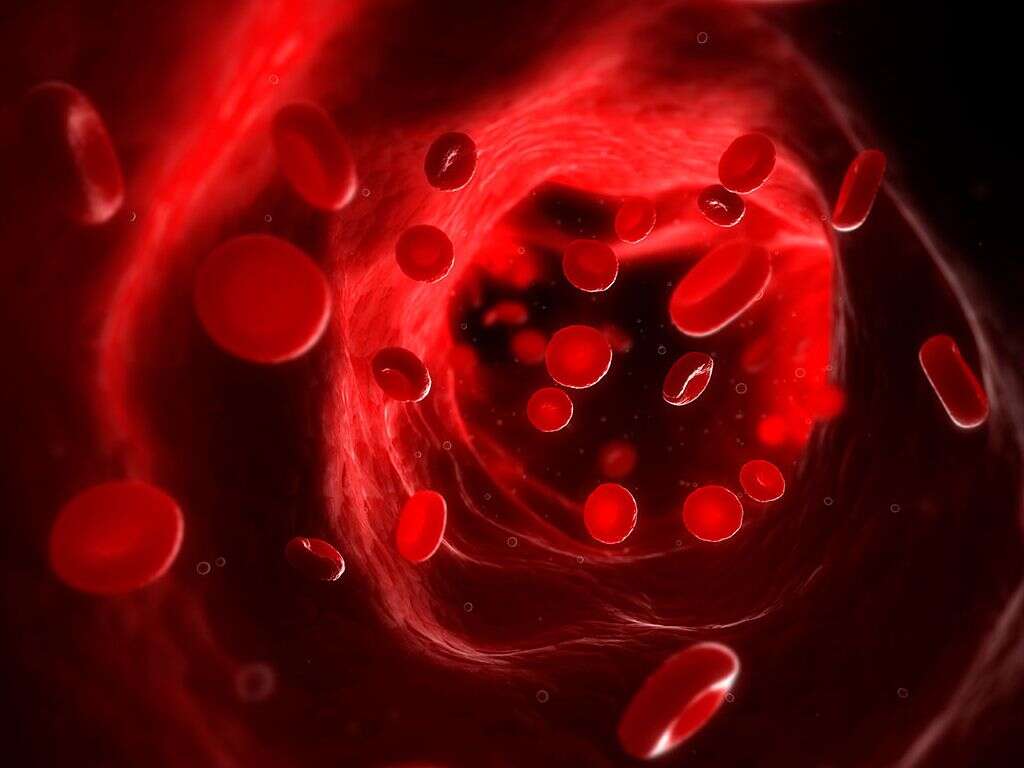10 Giant Cell Arteritis Symptoms
 Article Sources
Article Sources
- 1. 'Giant cell arteritis: Symptoms and causes.' Mayo Clinic, 2 Sept. 2020, www.mayoclinic.org/diseases-conditions/giant-cell-arteritis/symptoms-causes/syc-20372758
- 2. 'Giant cell arteritis.' MedlinePlus - Health Information from the National Library of Medicine, medlineplus.gov/ency/article/000448.htm
- 3. 'Giant cell arteritis.' Genetic and Rare Diseases Information Center (GARD) – an NCATS Program | Providing Information About Rare or Genetic Diseases, 21 Sept. 2018, rarediseases.info.nih.gov/diseases/9615/giant-cell-arteritis
- 4. 'Large-vessel giant cell arteritis: diagnosis, monitoring and management.' OUP Academic, 23 Feb. 2018, academic.oup.com/rheumatology/article/57/suppl/2/ii32/4898137
Giant cell arteritis, also called temporal arteritis, occurs when the lining of a person's arteries become inflamed and swollen. It usually affects arteries of the scalp, neck and arms. It's not understoold why this happens, except genetics may play a role, and it tends to affect older people.
If it's not addressed, giant cell arteritis can cause serious health problems. A person may go blind, develop an aneurysm or have a stroke. If a person shows symptoms of giant cell arteritis, it's important to see a doctor. An early diagnosis may help prevent serious complications, and corticosteroids may be prescribed to manage symptoms.1‘Giant cell arteritis: Symptoms and causes.’ Mayo Clinic, 2 Sept. 2020, www.mayoclinic.org/diseases-conditions/giant-cell-arteritis/symptoms-causes/syc-20372758,2‘Giant cell arteritis.’ MedlinePlus - Health Information from the National Library of Medicine, medlineplus.gov/ency/article/000448.htm
Headache
A new, throbbing headache in the temples or back of the head is a common early symptom of giant cell arteritis. This headache may be persistent or come and go, and it may get worse over time. The scalp may also feel tender to the touch.2‘Giant cell arteritis.’ MedlinePlus - Health Information from the National Library of Medicine, medlineplus.gov/ency/article/000448.htm
Any new, persistent headache warrants a visit to a doctor as soon as possible. A doctor may discuss other symptoms, examine the scalp for tenderness and check to see if a person has a thick, tender artery on one or both temples.2‘Giant cell arteritis.’ MedlinePlus - Health Information from the National Library of Medicine, medlineplus.gov/ency/article/000448.htm

Jaw Pain
Along with a headache, people with giant cell arteritis may experience jaw pain while chewing. It may be hard for a person to eat properly or open their mouth all the way. Loss of appetite and unintended weight loss are other possible symptoms.
Many people report a reduction in symptoms within days of starting treatment. Steroid therapy for giant cell arteritis may be ongoing over years and can have side effects which a person can discuss with their doctor.1‘Giant cell arteritis: Symptoms and causes.’ Mayo Clinic, 2 Sept. 2020, www.mayoclinic.org/diseases-conditions/giant-cell-arteritis/symptoms-causes/syc-20372758

Temporary Vision Problems
Giant cell arteritis can impair blood flow to the eyes, and a person may experience temporary vision impairment. This can take the form of blurriness, double vision, or darkness that comes and goes.2‘Giant cell arteritis.’ MedlinePlus - Health Information from the National Library of Medicine, medlineplus.gov/ency/article/000448.htm
This commonly occurs in one eye but can affect both. If a person is experiencing these vision problems, they should see a doctor as soon as possible. Temporary vision loss can be a symptom of many illnesses and conditions, including giant cell arteritis, and can lead to permanent vision loss.3‘Giant cell arteritis.’ Genetic and Rare Diseases Information Center (GARD) – an NCATS Program | Providing Information About Rare or Genetic Diseases, 21 Sept. 2018, rarediseases.info.nih.gov/diseases/9615/giant-cell-arteritis

Permanent Vision Loss
Vision impairment leads to permanent blindness in 15 to 20 percent of people diagnosed with giant cell arteritis. This can be partial or complete loss of vision affecting one or both eyes. It's typically painless and can occur suddenly.3‘Giant cell arteritis.’ Genetic and Rare Diseases Information Center (GARD) – an NCATS Program | Providing Information About Rare or Genetic Diseases, 21 Sept. 2018, rarediseases.info.nih.gov/diseases/9615/giant-cell-arteritis
Once a person with giant cell arteritis has lost their vision, it's usually permanent, so it's best to get a diagnosis before this occurs. Addressing the condition early on may help prevent possible vision loss and life-threatening complications such as strokes or heart problems.1‘Giant cell arteritis: Symptoms and causes.’ Mayo Clinic, 2 Sept. 2020, www.mayoclinic.org/diseases-conditions/giant-cell-arteritis/symptoms-causes/syc-20372758

Joint Pain and Swelling
The inflammation caused by giant cell arteritis may affect other parts of the body besides the head. Tissues that line the joints might become inflamed, causing pain in the limbs and during or after movement.
There can sometimes be swelling in a person's hands or feet. Fluid build-up can cause something called pitting edema. This is when there's noticeable swelling and a person can press on their skin and leave a small dent or pit behind.3‘Giant cell arteritis.’ Genetic and Rare Diseases Information Center (GARD) – an NCATS Program | Providing Information About Rare or Genetic Diseases, 21 Sept. 2018, rarediseases.info.nih.gov/diseases/9615/giant-cell-arteritis

Stiff Muscles
Up to half of people diagnosed with giant cell arteritis also develop a condition called polymyalgia rheumatica. Although people can have giant cell arteritis or polymyalgia rheumatica separately, the two conditions commonly occur together.3‘Giant cell arteritis.’ Genetic and Rare Diseases Information Center (GARD) – an NCATS Program | Providing Information About Rare or Genetic Diseases, 21 Sept. 2018, rarediseases.info.nih.gov/diseases/9615/giant-cell-arteritis
Polymyalgia rheumatica involves pain and stiffness in the neck, upper arms, shoulders and hips. It can start suddenly overnight or come on gradually. It often goes away fully when giant cell arteritis has been addressed.2‘Giant cell arteritis.’ MedlinePlus - Health Information from the National Library of Medicine, medlineplus.gov/ency/article/000448.htm

Feeling Ill
Over 80 percent of people with giant cell arteritis develop a fever. They may develop symptoms similar to those caused by the flu, with a dry cough, muscle aches and exhaustion.
While these symptoms are common and not necessarily a sign of giant cell arteritis, they should be reported to a doctor when they occur with headaches and vision problems. Being alert to this combination of symptoms, especially in older people, may help identify the condition before more severe issues occur.3‘Giant cell arteritis.’ Genetic and Rare Diseases Information Center (GARD) – an NCATS Program | Providing Information About Rare or Genetic Diseases, 21 Sept. 2018, rarediseases.info.nih.gov/diseases/9615/giant-cell-arteritis

Arm Pain
Feeling pain in the arm after moving it is a common symptom of giant cell arteritis. It may also point to what type of giant cell arteritis a person has.
Giant cell arteritis commonly occurs in the arteries in the temples. However, it can sometimes affect the aorta and arteries around the heart. This is referred to as large vessel giant cell arteritis. People with this variant may experience slightly different symptoms, and pain in the limbs is common.4‘Large-vessel giant cell arteritis: diagnosis, monitoring and management.’ OUP Academic, 23 Feb. 2018, academic.oup.com/rheumatology/article/57/suppl/2/ii32/4898137

Abnormal Pulse
Pulse abnormalities are another common occurrence in people with large vessel giant cell arteritis, especially when complications are aortic aneurysm. This may result in a heart murmur or an uneven pulse. Heart monitors and imaging tests of the heart may detect these discrepancies.
A doctor may expect any signs of giant cell arteritis to be in the head. Initial tests for the common variety may not identify giant cell arteritis affecting the aorta. A person can request further tests if they're concerned.4‘Large-vessel giant cell arteritis: diagnosis, monitoring and management.’ OUP Academic, 23 Feb. 2018, academic.oup.com/rheumatology/article/57/suppl/2/ii32/4898137

Neurological Symptoms
Giant cell arteritis in the head or chest can result in disruption of oxygen to the brain. It's not common for people with giant cell arteritis to have neurological symptoms, but some can occur.
In rare cases, a person with giant cell arteritis may experience symptoms of dementia, tingling in the hands or feet and difficulty with movement. Strokes related to giant cell arteritis are uncommon but possible if the illness isn't diagnosed and managed.3‘Giant cell arteritis.’ Genetic and Rare Diseases Information Center (GARD) – an NCATS Program | Providing Information About Rare or Genetic Diseases, 21 Sept. 2018, rarediseases.info.nih.gov/diseases/9615/giant-cell-arteritis











